Timing of sowing seeds for seedlings of main vegetable crops, preparation of seeds and soil

Many modern garden plants were born in areas with a mild and warm climate. Despite the fact that subsequently varieties of vegetables were developed that were adapted to the weather conditions of temperate climate zones, in order to reap a good harvest, it is recommended to grow them through seedlings. Sowing time seeds for seedlings mainly depend on several factors, namely the type of crop, variety, purpose, climate and weather.
Let's try to understand the general aspects of growing seedlings.
Content:
- Rules for purchasing and self-harvesting seeds
- How to prepare seeds and soil for sowing seedlings, sowing dates
- Dates for sowing various crops for seedlings
- Caring for seedlings after emergence
Rules for purchasing and self-harvesting seeds
Most often, cultivation through seedlings is required for some flowers and vegetable plants from the following families:
- Pumpkin
- Paslenova
- Cabbage
From the Pumpkin family the following are grown through seedlings:
- melons
- cucumbers
- watermelons
The following are sown for seedlings from Solanaceous crops:
- tomatoes
- vegetable peppers
- eggplant
From the Brassica family, the seedling method of growing requires the following types of garden cabbage:
- white cabbage
- red cabbage
- color
- broccoli
- Savoyard
You can buy seeds or prepare them yourself.It is important to remember that the seeds of hybrid plants do not always retain the varietal characteristics of the parent plant, therefore, when preparing seeds yourself, it is best to focus not on hybrids, but on varieties. Self-collecting seeds of tomatoes, peppers, cucumbers, watermelons and melons is not very difficult.
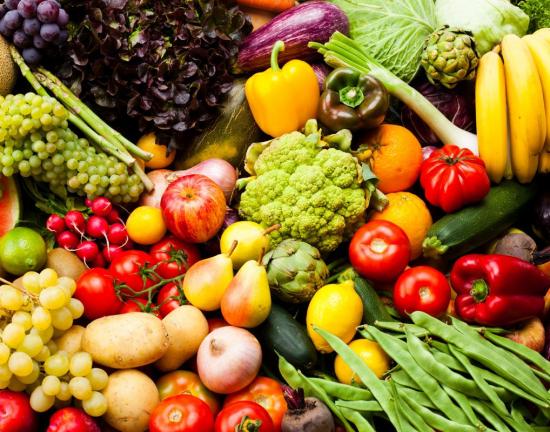
It is important to follow a certain order:
- select a mature specimen according to its appearance corresponding to the variety
- leave in a dry place until fully ripe
- cut and select the seeds into a container
- soak them for 24-48 hours in a small amount of water
- stir, the full-fledged seeds should settle to the bottom
- add water and stir again
- change the water two or three times and rinse the seeds
- dry on a piece of paper
- put into paper bags by grade
- sign the variety and date of collection
Flower seeds generally require timely collection before being poured into the ground, dried and stored. Important! In years of successful harvest, you can store seeds for several years. Pumpkin seeds do not lose their viability for 6-8 years; seeds that are planted in the spring germinate better than those collected in the fall. Of the nightshades, tomato seeds can be stored the longest; they are suitable for sowing for up to 5 years. Eggplants and peppers should not be stored for more than three years.
Seeds All types of garden cabbage are suitable for sowing for 3-4 years. It is somewhat more difficult to prepare cabbage and eggplant seeds yourself, since many types of cabbage are grown as biennial plants. They bloom and produce seeds only in the second year. Many varieties of eggplants do not produce fully ripened seeds. Therefore, you will have to go to a special store for these and other seeds. When purchasing vegetable or flower seeds, it is important to pay attention to:
- on the date of collection
- for expiration date
- type of processing
- growing recommendations
If the issue with the seeds is resolved, then with the onset of the seedling sowing season, all that remains is to properly prepare the seeds, soil and determine the timing of planting.
How to prepare seeds and soil for sowing seedlings, sowing dates
Preparing soil for seedlings is a fairly responsible process. Since sowing begins at a time when the ground is frozen, you need to take care of the soil in the fall and collect the required amount:
- garden soil
- garden land
- rotted compost
- sand
- peat or peat soil
A few days before sowing, it is advisable to bring everything prepared into a warm place so that everything thaws and warms up. For seedlings of peppers, eggplants, and tomatoes, a soil composition of peat, humus, and garden soil, taken in equal parts, is suitable. Add a glass of wood ash and 1-2 tbsp to a bucket of such soil mixture. spoons of urea, superphosphate and potassium sulfate. For cabbage All types of soil can be made from equal parts of garden soil, peat and humus.
For pumpkin crops, a mixture of garden soil and compost or humus, taken equally, is suitable. You need to add fertilizer to the mixture bucket. To do this, take a glass of ash and a tablespoon of urea, superphosphate, and potassium sulfate.
Important! If the soil was kept at sub-zero temperatures, you can avoid steaming before sowing seedlings. In the event that time has been lost and the soil has not been prepared, you will have to use soil from the store. The advantages of such soil are that it is composed with the requirements of certain crops, nothing has grown on it before and, as a rule, it has the necessary mechanical structure. The disadvantages of purchased soil are the price.
Therefore, if only a few seedlings are sown, then a ready-made mixture for them is the right solution to the problem. If seedlings are needed for a large plot or are grown for sale, then it is better to take care of the land in the fall.
General recommendations for preparing seeds for sowing for seedlings, timing
If you prepared the seeds yourself, then before planting you need to:
- soak in clean water
- leave them for 24 hours
- change the water every 5-6 seconds
- put the soaked seeds in a solution of potassium permanganate for 20 minutes
- drain the potassium permanganate and start planting
In some cases, it is not possible to ensure water changes and soaking times. Then it is better to plant dry seeds without preliminary preparation. If you purchased ready-made seeds, you need to familiarize yourself with the method of processing them. Very often the manufacturer has already carried out the required processing, all that remains is to select a date and carry out sowing.
Dates for sowing various crops for seedlings
As for planting dates, the recommendations below can be considered general. Timely germination of seeds depends not only on the variety and type of plant, weather and climatic conditions of the region, but also on the characteristics of the room itself where the cultivation takes place.
Video about the timing of planting vegetable seeds:
You should not sow seeds for seedlings too early, for example in January. Even if heat-loving peppers, eggplants and tomatoes sprout on a cold windowsill, the process of growing healthy seedlings will be complicated by the need for additional lighting and heating.
Taking into account the fact that the best time for planting seedlings in the ground in most regions, except the southern ones, occurs in the third ten days of May - the first ten days of June, you should not rush and sow seeds before February 15 - March 15.In many cases, seedlings of peppers, eggplants, and tomatoes sown even in the last days of March - early April will have time to sprout and grow to the desired size.
Sowing cabbage seeds depends on the type and variety. The very first, in mid-March, you need to sow early varieties of white cabbage. By mid-May, the seedlings can be transplanted into open ground. Medium and late varieties are sown for seedlings in mid-late April. Do the same with red cabbage.
Cauliflower, broccoli, and kohlrabi can be sown for seedlings from the beginning to the end of April. It should be noted that cabbage produces a good harvest even when sown in open ground. Therefore, it makes sense to grow only early varieties through seedlings. Pumpkin crops sprout quickly enough and grow well when sown for seedlings cucumbers, watermelons and melons can be started from mid-April. It should be noted that these crops do not tolerate transplantation from common boxes.
It is best to sow them in separate cups. All of these plants germinate on average in 4-10 days. Pepper may take the longest to germinate. They may appear on day 14-15. For seedlings to be healthy, they need to be properly cared for.
Caring for seedlings after emergence
Most crops are sown in moist soil and buried in it. The depth of burial should not exceed 2-2.5 times the size of the seeds. Crops with small seeds, such as petunias, are sown on the surface, without going into the ground. Seedling boxes are covered with film before emergence. This will help maintain soil moisture. Once a day, the film needs to be opened slightly for ventilation.
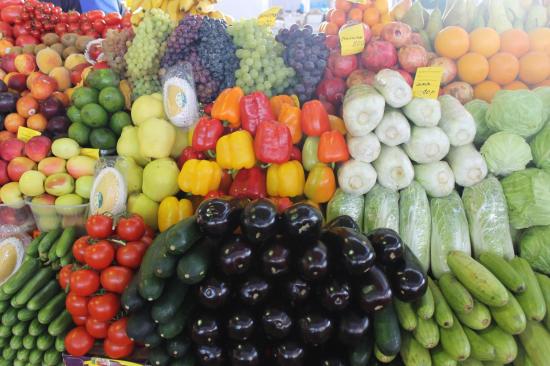
Immediately after germination, there is no need to remove it for the whole day; within three to seven days the seedlings are accustomed to the open air.The main point in caring for seedlings is watering. You need to water with warm, settled water. Thin and weak seedlings, such as petunia or strawberries, in the first days, water either through a tray or with a small syringe under the root.
The next important condition is lighting. Very often, with a lack of lighting or side light, which is typical when growing on a windowsill, plants stretch upward or sideways. It is advisable to provide uniform overhead lighting. If you follow these simple rules, by the beginning of the planting season you will have full-fledged healthy seedlings.

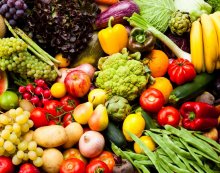


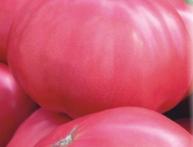
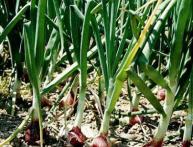
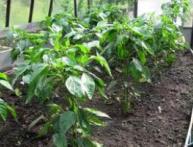
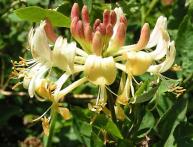

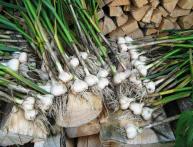

Comments
We grow seedlings, but only tomatoes and bell peppers, and we have never even tried cucumbers, because we believe that cucumber seedlings take root very poorly in open ground and always plant them with seeds.
This year I made my own seedlings for the first time. Nothing came of it with cucumbers, but I sprouted tomato seeds on damp paper, although they were tiny, the bushes grew huge, my seedlings are even better than the ones I bought!